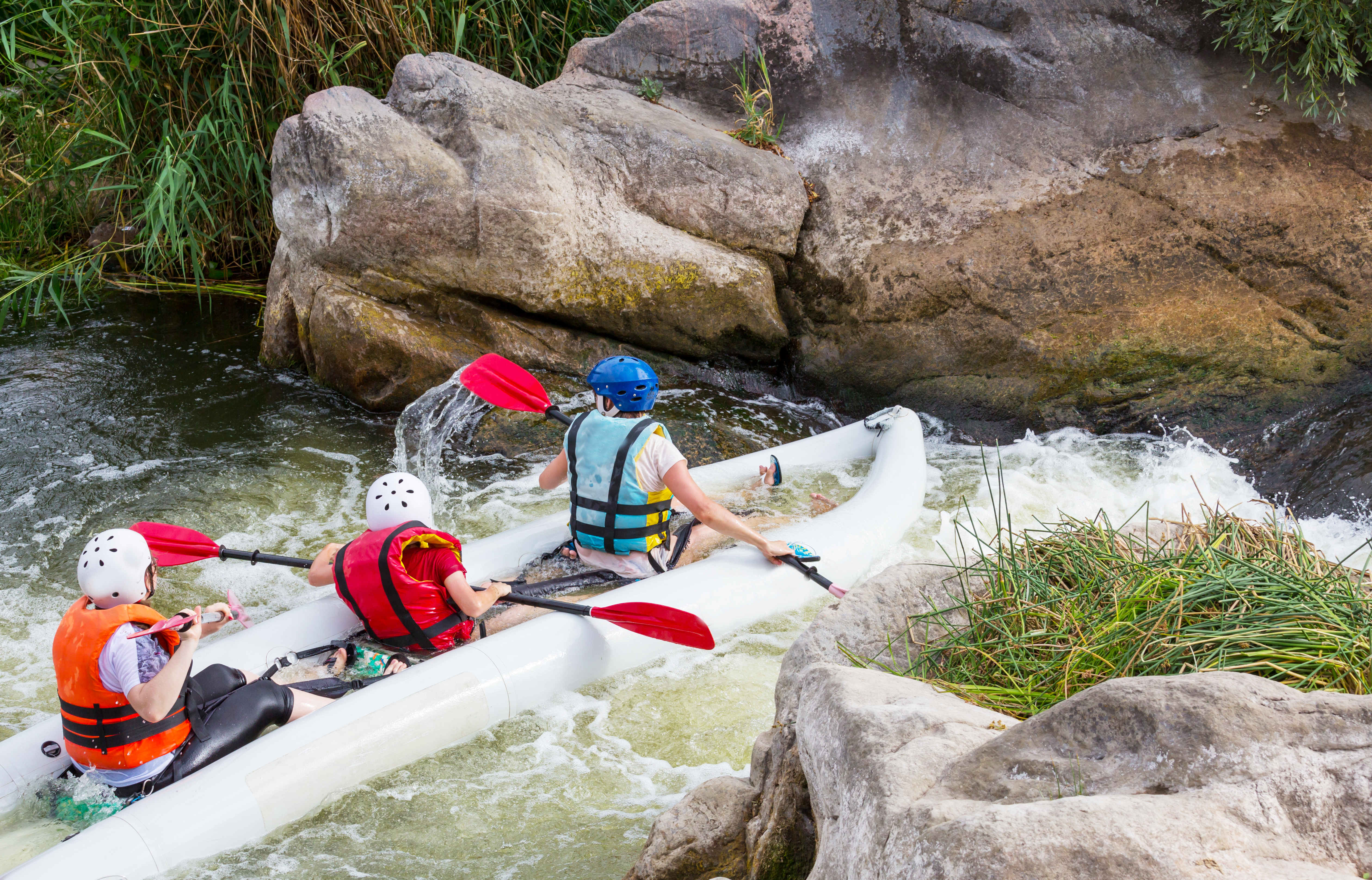Difference between Canoeing and Kayaking
In both canoeing and kayaking, a small boat is steered by a paddler. You can enhance your aerobic fitness, strength, and flexibility by engaging in low-impact activities like yoga and Pilates. If you’re looking for something to do on vacation or as a competitive sport, you can’t go wrong with canoeing or kayaking. Rivers, lakes, and the ocean are all suitable for kayaking.
The main difference between canoeing and kayaking
Many people use the terms “canoe” and “kayak,” however there are a few key differences:
Using a single-bladed paddle to propel the canoe across the water, a person sits or kneels inside the boat.
In a kayak, the user sits inside the vessel, extending their legs, and paddles using a double-bladed paddle.
Some several canoes and kayaks are both open and enclosed, depending on their purpose. Using a double-bladed paddle, the kayaker sits down and pulls the blade through the water on both sides to propel themselves ahead. A single-bladed paddle is used to move a canoe ahead by a person kneeling in the water. Many types of canoes and kayaks can be raced from the club level up to the Olympic level, with varying boat designs depending on the type of water and the discipline.
Tips for beginner canoeing and kayaking
Tips for newbies include the following:
To truly master the art of paddling, you need to join a club. For more information, please contact Canoeing Victoria. The sport can be learned by reading, but taking lessons will improve your technique, lower your chance of injury and make it easier for you to recognize potential dangers while out on the water.
Make sure you’re a competent swimmer because paddling requires a few dips into the water. Make sure you’re swimming properly if you need to brush up on it.
Paddling is an expensive hobby, so try it out before you buy. Consider borrowing or renting canoes and kayaks until you’re convinced you to appreciate the sport enough to invest in a full set of equipment.
Benefits of canoeing and kayaking

It is possible to increase your cardiovascular fitness, muscular strength, and range of motion by paddling a canoe or a kayak. The following are some of the many advantages to your health:
Strengthening of the heart
Strengthening of the back, arms, shoulders, and chest muscles as a result of paddling
Gained strength in the torso and legs, since the main sources of force in a canoe or kayak come from torso rotation and leg pressure.
Paddling is a low-impact exercise, therefore there is less chance of damage to joints and tissues.
Paddling a kayak or canoe, depending on where you go and how you do it, can be calming and contemplative or exhilarating and exhilarating.
Enjoying our rivers by kayak or canoe is a terrific way to do so. (padlespesialisten) Paddling a kayak or canoe, depending on where you go and how you do it, can be calming and contemplative, or exhilarating. (https://www.padlespesialisten.no/categories/sup)
Enjoying our rivers while paddling is a wonderful experience.
Basic equipment for canoeing and kayaking
Depending on the style of paddling you intend to perform and the demands of the river, the specific requirements of a complete outfit vary slightly, but a basic kit should include:
Paddle suitable for a canoe or kayak
Helmet
Wetsuit
Wet suit booties
Such as an inflatable life jacket or vest, an individual’s flotation device (PFD). Victoria’s waters require paddlers to wear a buoyancy aid.
To keep water from getting into the canoe, you’ll need to wear a wetsuit with a spray deck.